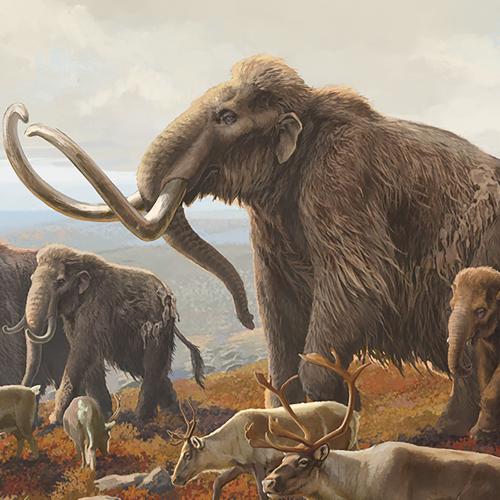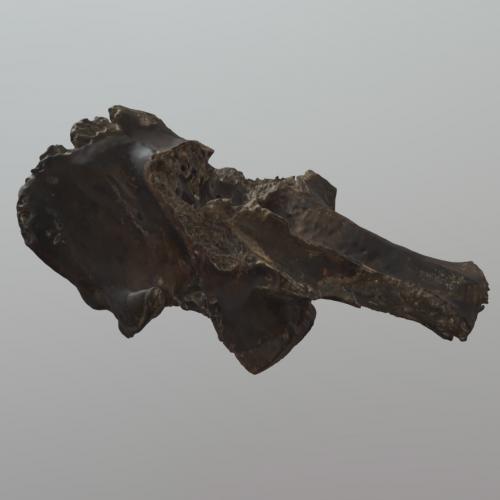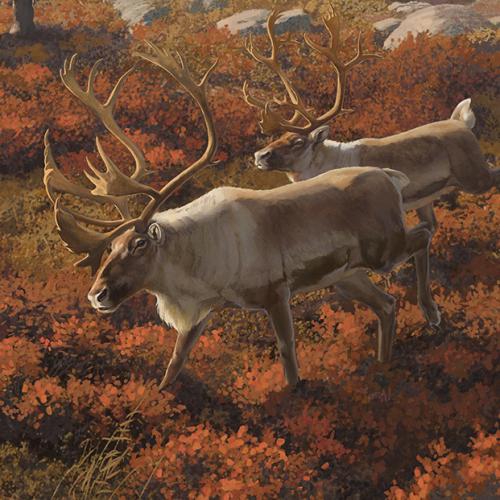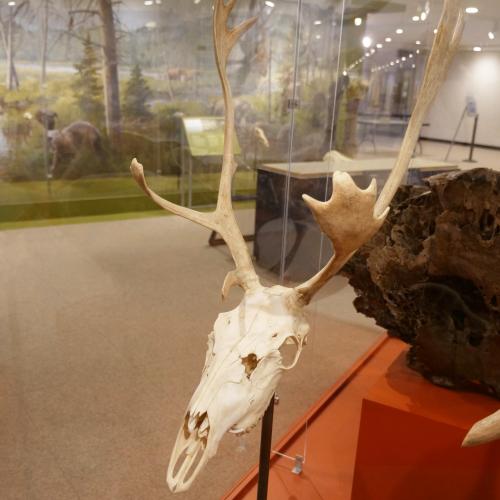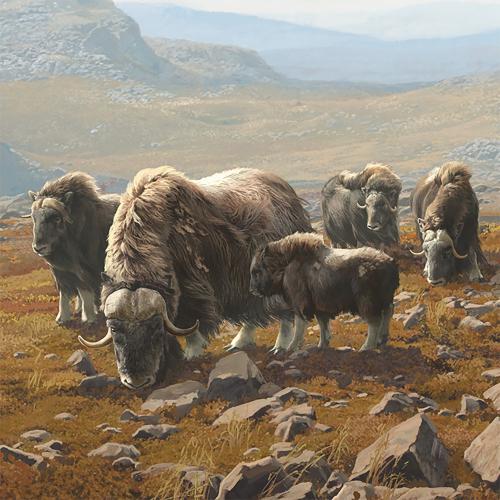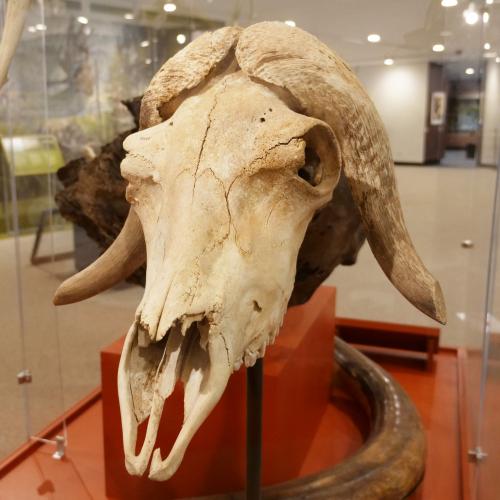
What is a Tundra?
When glaciers retreat, the first habitat to appear is the tundra. A tundra is a cold, windy, treeless environment with little rain and a short growing season. The plants that grow in this harsh environment are unusually small such as: alpine bilberry, sibbaldia, and purple mountain saxifrage. They have adapted to conserve water and survive in the cold and wind. By enriching the soil, tundra plants play an important role in preparing the landscape for trees and other organisms. Although many tundra plant species disappeared as New York’s climate warmed, a few hang on in steep gorges and high Adirondack peaks. Alpine tundra may be the State’s most endangered ecosystem. These rare plants are nearly gone from New York.

After Glaciers Retreat Plants and Animals Colonize
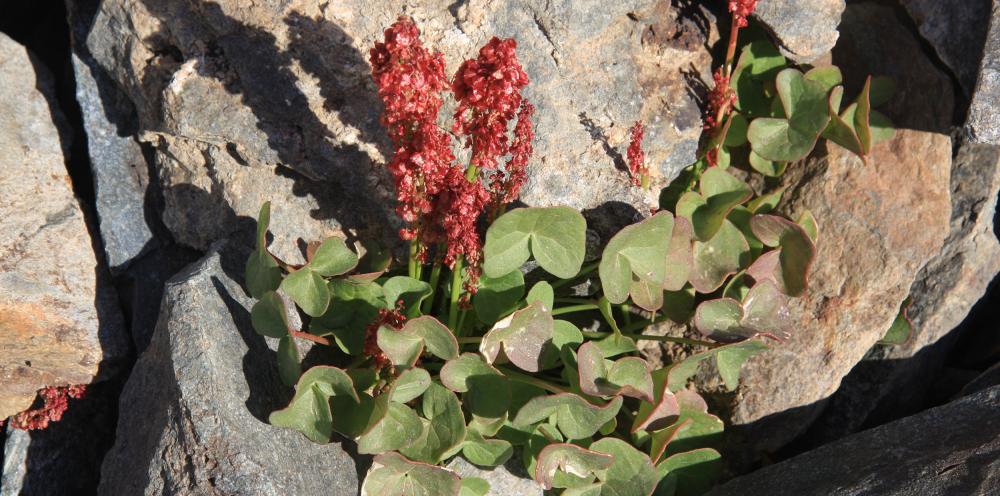
As temperatures fall and rise, glaciers advance and retreat. During times of retreat, different habitats appear and disappear in a predictable cycle. It always follows the same basic pattern. As the plant communities change, so do the kinds and numbers of animals associated with them. About 13,000 years ago, the last Ice Age ended. By 11,000 years ago, many animals were extinct while others were just gone from New York. Many large North American mammals went extinct shortly after the end of the last glacial maximum, the ice sheets’ greatest expansion. The event is known as the Pleistocene Extinction. Since then, there have been far fewer large mammals in North America.
Animals of the Tundra
Likely because of the harsh environment, very few fossil species from the tundra environment were preserved. So far, New York's Ice Age tundra species include only caribou, mammoth, and musk oxen. From tundra habitats in other states we know species like Arctic fox and lemmings also lived in this habitat.
Columbian Mammoth skull and tusk
Mammuthus columbi
About 35,000 years ago, in the Late Pleistocene, woolly mammoths dispersed into North America. While mammoths do not appear to have been as abundant in New York as mastodons, scientists have found fossils of the Columbian mammoth and the woolly mammoth.
VIEW 3D SCANS:
Columbian Mammoth Skull
https://sketchfab.com/3d-models/randolph-mammoth-skull-vcu-3d-3629-9d47cf145ab042308bfab130870e7b68
Columbian Mammoth Tusk
https://sketchfab.com/3d-models/randolph-mammoth-tuskvcu-3d-3630-be99f0ca3a3f48d3bc9ee5f4059a7055
Caribou
Rangifer tarandus
Caribou are still found in the tundra and boreal forests of North America. Some of their diet consists of lichens, a symbiotic organism consisting of an algae and fungus. Caribou are the only mammal known to be able to break down lichen as food. Their hollow-hair fur provides warmth for living in cold climates as well as to help them stay afloat while swimming.
Musk Oxen
Ovibos moschatus
Musk oxen survive year-round in extremely cold environments. They lived in New York 15,000 years ago. By the end of the last Ice Age 11,700 years ago, none of these animals were here. Adapted to climates and habitats that are no longer present in New York, they remain in other parts of North America.



